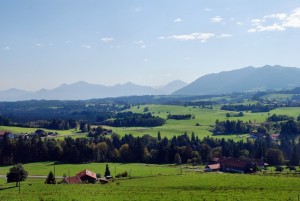 What does Roma Nova look like?
What does Roma Nova look like?
It’s an alpine country with lower lying valleys a few small towns (Castra Lucilla to the south of the main city, Brancadorum at the east, Aquae Caesaris to the west) and a river city full of columns, a forum, Senate house and temples.
There are high mountains and hills to three sides which although very useful for defence in past ages, keeps the 21st century pilots from Air Roma Nova (and most international airlines on their toes when landing their passenger aircraft after a long haul flight!
Roma Novans don’t have a different name for their capital; like the ancients who called the city of Rome the “urbs“, their descendants just call it “the city”. (If in the books I need to distinguish the city from the country of Roma Nova, I occasionally have to use Roma Nova City, but I try to get round it win other ways as it wouldn’t really be authentic in Roma Novan terms.)
The original Roman architecture from the late 4th century is surrounded by buildings from the intervening ages, so you’ll see local mixed styles, some Eastern Roman (Byzantine), medieval, Renaissance, Biedermeier (Regency in English) and later. More photos here.
They have temples, offices, admin buildings, theatres, even an amphitheatre (no blood sports or executions in modern Roma Nova!). and people need to live somewhere, so there are apartments and houses in towns and farms and villas in the country.
If it’s not a real country, how did you dream it up?
Sadly, you can’t use Google Maps to view Roma Nova’s geography from space nor load a Wikipedia page for its history. But inventing a country doesn’t mean you can throw any old facts into your book. They have to hang together. Geography is very important as you need to know what crops they can grow – spelt, oats, olives in sheltered areas, vines, vegetables and fruit – and what animals they raise – cows, sheep, horses, pigs, poultry, etc.
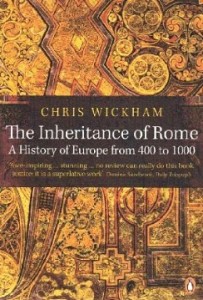 To look back to when those first Roman dissidents left Italy in AD 395 and trekked north to found Roma Nova, you can find out quite a bit about Roman life and culture at that time.
To look back to when those first Roman dissidents left Italy in AD 395 and trekked north to found Roma Nova, you can find out quite a bit about Roman life and culture at that time.
This gives a firm starting point: their mindset, their customs, their concerns, their ways of doing things. For instance, the first chapters of Christopher Wickham’s book The Inheritance of Rome draws a clear and detailed picture.
With the Roma Nova books, I’ve used terms that people might already know like the Roman sword, gladius, greeting such as salve, solidi as money, ranks like legate and centurion. But I’ve made the gladius carbon steel, the solidi have currency notes, debit cards and apps as well as coins, and I’ve mixed in other European military ranks such as captain in with traditional Roman ranks. It gives a sense of history that’s gone forward and adapted to the modern age.
Ancient Romans were fabulous engineers and technologists, organised and determined to apply practical solutions to the needs of their complex and demanding civilisation, so I’ve positioned them in the 21st century at the forefront of the communications and digital revolutions.
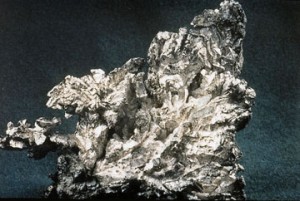 The silver mines and processing industry that underpinned Roma Nova’s early economy, and still play an extremely important role in 21st century Roma Nova, are another allusion to ancient Rome.
The silver mines and processing industry that underpinned Roma Nova’s early economy, and still play an extremely important role in 21st century Roma Nova, are another allusion to ancient Rome.
Silver was a big reason the Romans wanted Britannia. Dacia (Romania) and Noricum (Austria) in central Europe were of special significance, as they were very rich in high quality deposits of silver, as well as iron ore, some gold and rare earths.
Giving Roma Nova silver deposits provides a plausible reason for its economic survival through the ages.
I also wanted my imaginary country to be near Italy and Austria for international connections. So it had to be in south central Europe. In the end, I pinched Carinthia in southern Austria, and northern Slovenia as my models.
This and the previous post give you a glimpse into the world of Roma Nova. What else would you like to know?
Updated January 2024: Alison Morton is the author of Roma Nova thrillers – INCEPTIO, CARINA (novella), PERFIDITAS, SUCCESSIO, AURELIA, NEXUS (novella), INSURRECTIO and RETALIO, and ROMA NOVA EXTRA, a collection of short stories. Audiobooks are available for four of the series. Double Identity, a contemporary conspiracy, starts a new series of thrillers. JULIA PRIMA, Roma Nova story set in the late 4th century, starts the Foundation stories. The sequel, EXSILIUM, will be out in February 2024.
Download ‘Welcome to Alison Morton’s Thriller Worlds’, a FREE eBook, as a thank you gift when you sign up to Alison’s monthly email update. You’ll also be among the first to know about news and book progress before everybody else, and take part in giveaways.




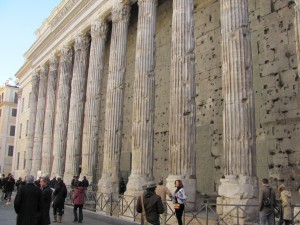
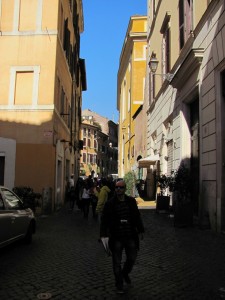

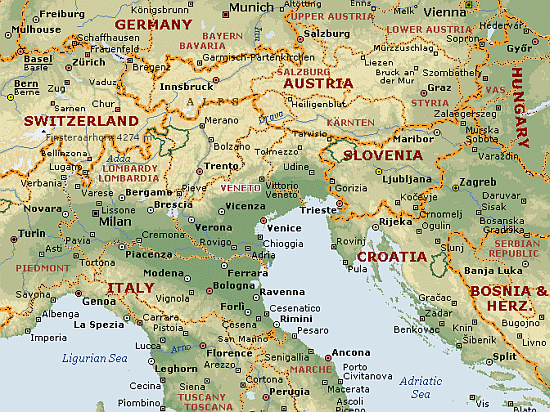









[…] do let out of the bag which country’s geography I pinched [link: http://www.alison-morton.com/2013/11/26/roma-nova-world-building-2/%5D but Roma Nova isn’t that […]